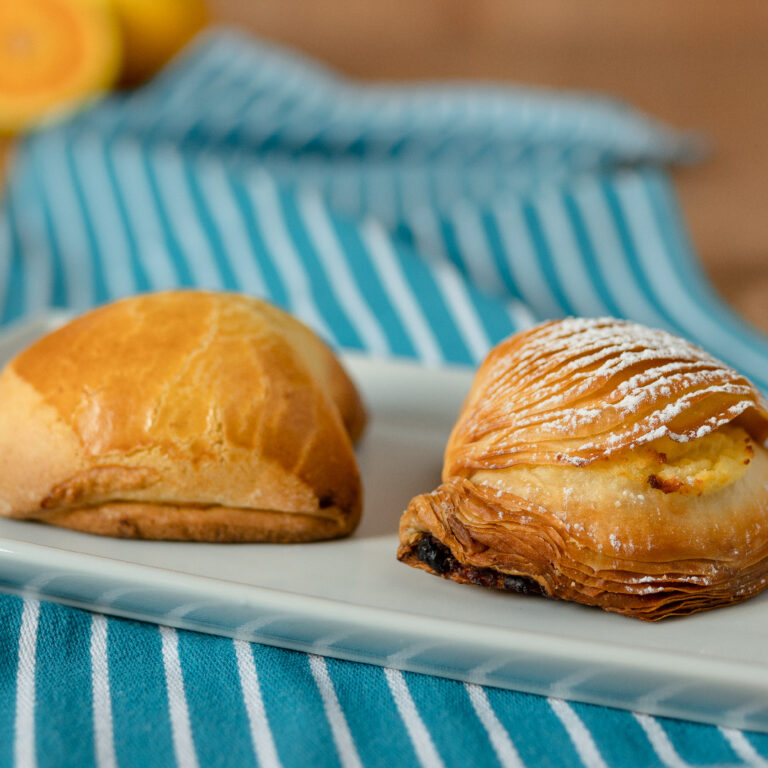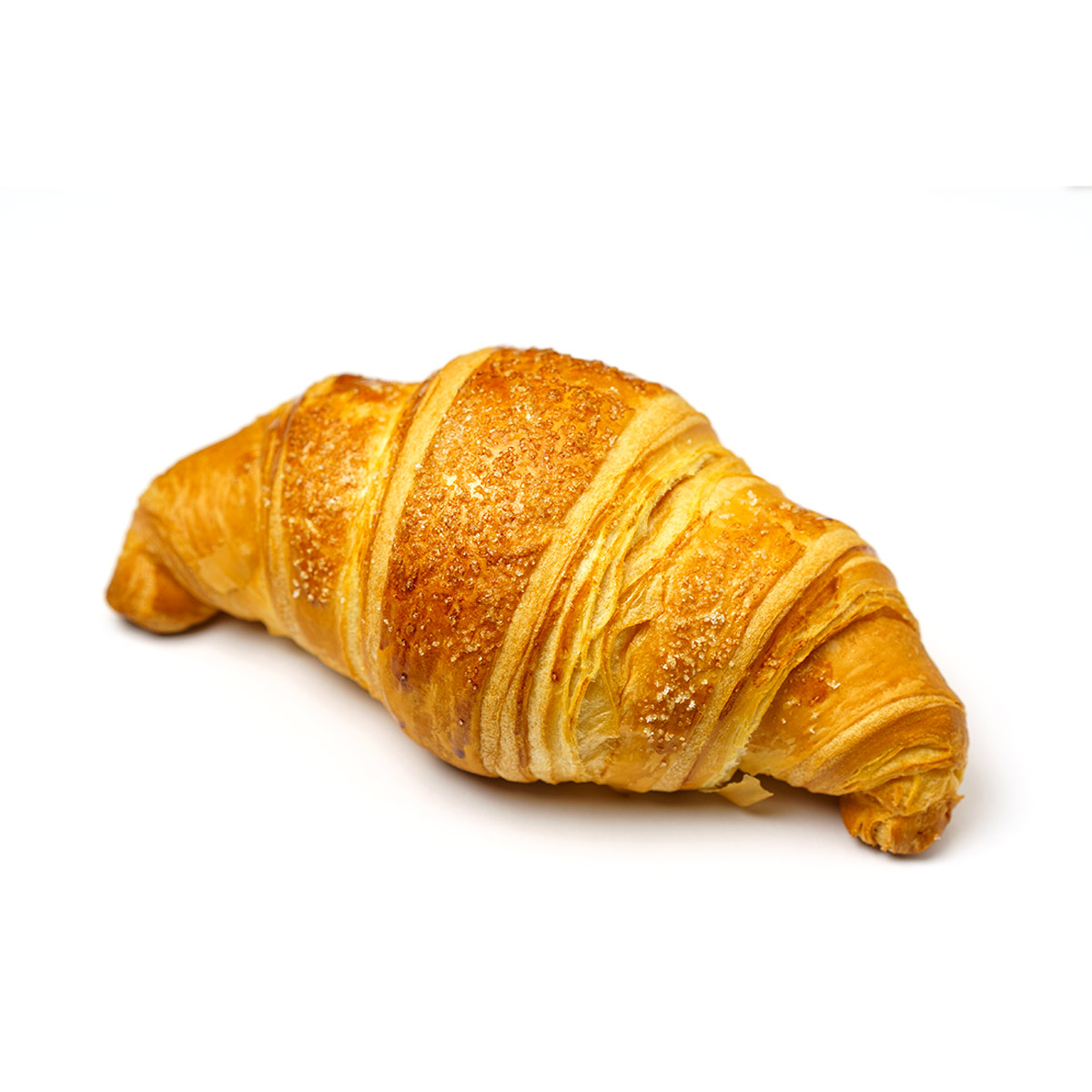In the vast and varied world of Neapolitan pastry, two queens of taste compete for the attention of gourmands and connoisseurs: the sfogliata frolla and the sfogliata riccia. These two delights, although similar in name and roots, differ significantly in consistency, preparation technique and, of course, in the effect they produce on the palate. But what does it mean to prefer a sfogliata frolla to a sfogliata riccia? And what do these choices say about the tastes of your customers?
Common Roots
Both sfogliata, frolla and riccia, are born in the heart of the Campania pastry tradition. Legend has it that the sfogliata was born in Conca dei Marini on the Amalfi Coast, in the Convent of Santa Rosa. Read our article dedicated to the History of the Sfogliatella. Even if the central element is always the sfoglia, the preparation process takes different paths, creating two desserts that, despite deriving from the same cultural matrix, offer distinctly different sensory experiences.

La riconosci? Questa è Conca dei Marini: poteva non nascere qualcosa di squisito da un posto così?
The Frolla
The sfogliata frolla, as the name suggests, is distinguished by the use of shortcrust pastry, a crumbly and delicate dough. The consistency is soft, almost melting, and often the filling, based on sweet ricotta and candied fruit, blends harmoniously with the casing, creating a perfect balance between sweetness and structure. The preparation process is more linear than its curly cousin: fewer steps, fewer complications, but no less flavor.
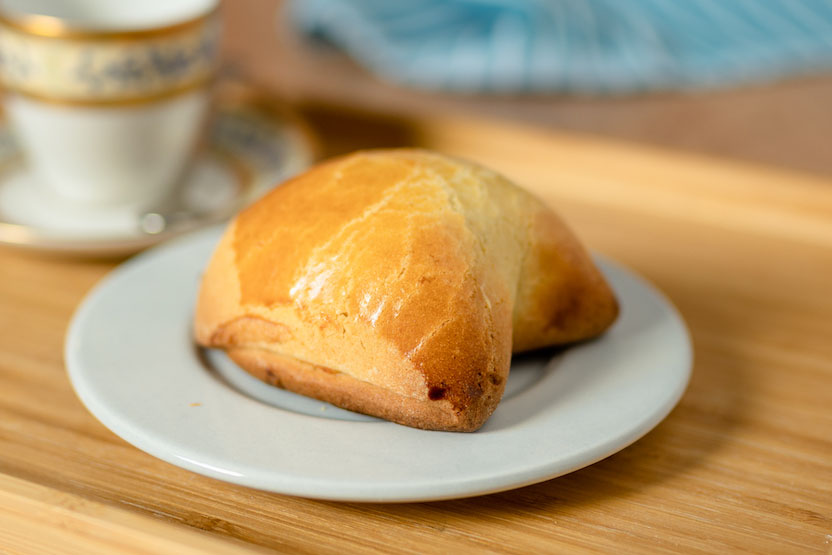
The Riccia
The sfogliata riccia, on the other hand, is a triumph of technical complexity. The secret of its irresistible crunchiness lies in the expert layering of the puff pastry, obtained thanks to the patient work of rolling out and folding the dough. We prepare them by hand, piece by piece: there is no way to mechanize the production of the riccia. Our master pastry chefs patiently work on each piece so that you can offer your customers a product that is artisanal in appearance and taste. The result is a myriad of very thin sheets that melt in the mouth. The sfogliata riccia is a dessert that speaks of manual skill, patience, an art that has been passed down for generations.
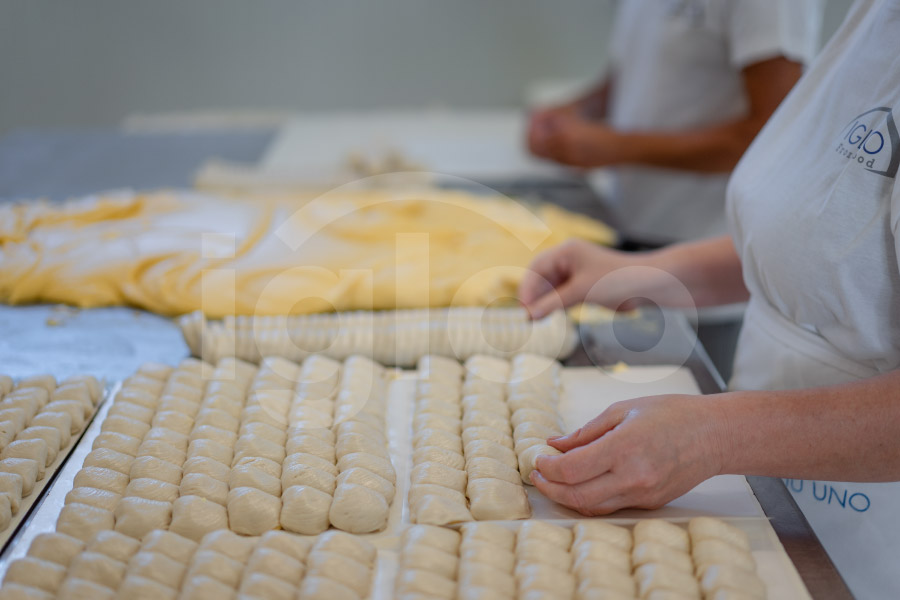
Realizziamo a mano ogni pezzo per un risultato tradizionale nel gusto ed artigianale nell’aspetto.
The differences
The main difference between the two sfogliate lies in the preparation technique. The frolla is soft, compact, less elaborate, while the riccia is crunchy, complex, rich in nuances of taste and consistency. The frolla aims for reassuring simplicity; the riccia, for layered wonder.
#TeamRiccia or #Team Frolla?
But what does the preference for a frolla or riccia sfogliate tell us? Lovers of frolla are often people who seek comfort in a dessert, a safe and enveloping cuddle, without too many frills. It is the dessert of balance, of reassuring softness. Customers who prefer the riccia, on the other hand, are explorers of taste, those who love to be surprised and be surprised. They are those who appreciate craftsmanship, the pleasure of a crunchiness that reveals itself bite after bite.
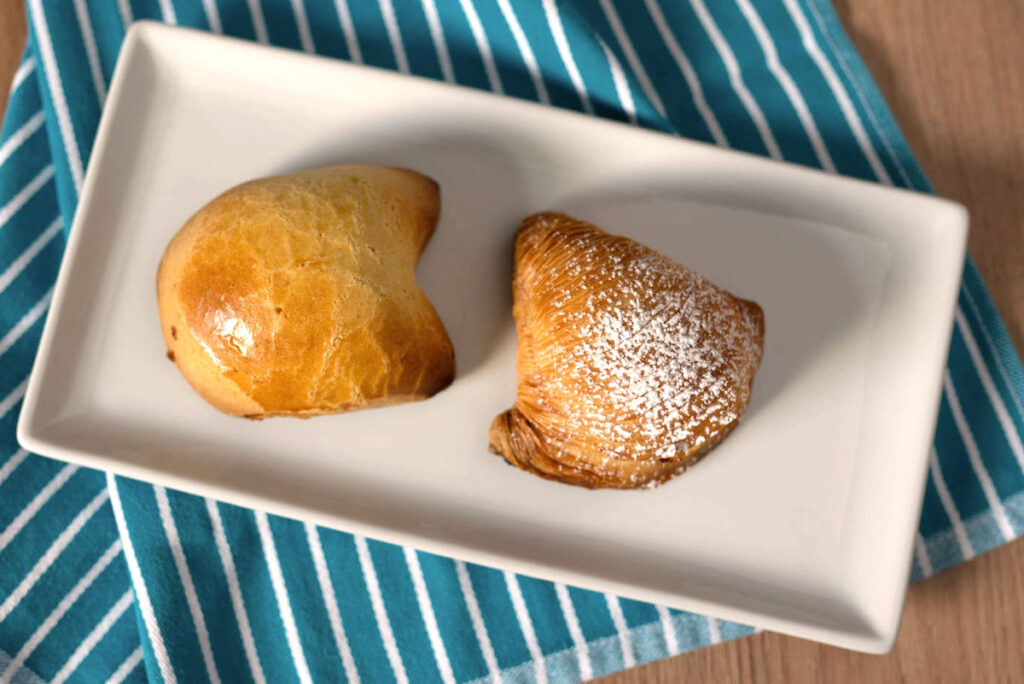
A Choice That Speaks of You
For pastry professionals, understanding these preferences can offer valuable insights into how to diversify their offerings. Keeping one version and the other in balance, or knowing how to suggest the right dessert to the right customer, can make the difference between a sale that satisfies and one that enchants. Ultimately, the puff pastry, whether shortcrust pastry or curly, is a journey of taste that begins with the first bite and continues long in the memory.

